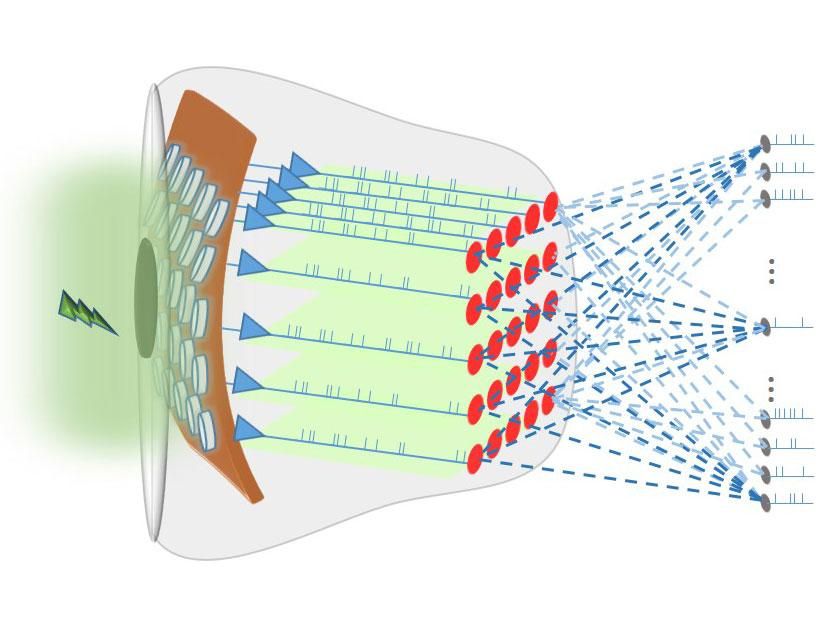Food4 thought
Regular
Get a haircut and get a real jobSecond that @robsmark , I wasn’t initially sold as well on Sean but early signs are very promising, articulate, intelligent, polished, passionate and driven. But still needs to get a decent haircut
George through good






